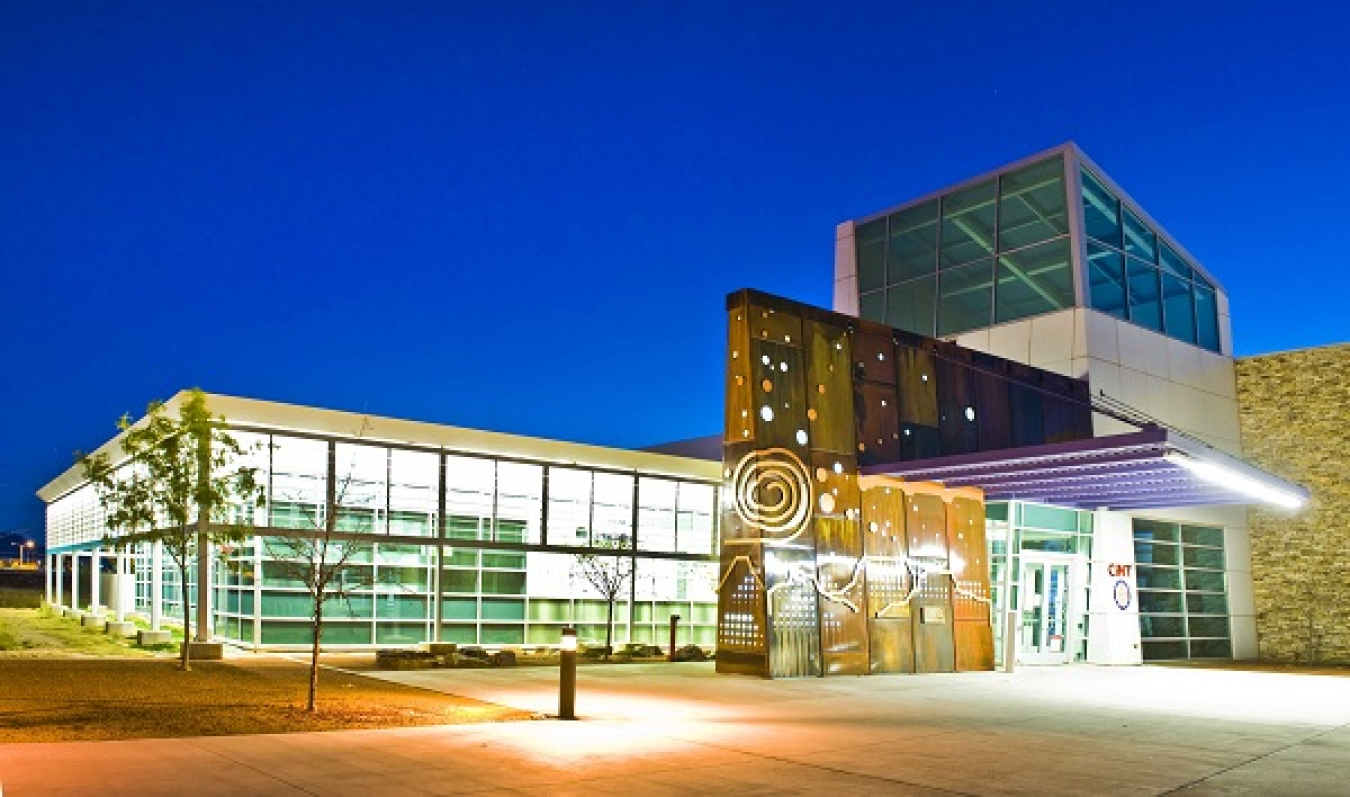An overview of the newest developments in nanotechnology at NNSA and across the nuclear security enterprise.
National Nuclear Security Administration
January 13, 2025The National Nuclear Security Administration is dedicated to advancing science and technologies both big and small.
On the smaller end exists nanoscience and nanotechnology, which represent an expanding research area. Nanoscience is the study of structures and materials at an ultra-small scale, or nanoscale, and nanotechnology is the application of nanoscience to create new technologies. The nanoscale is about 1 to 100 nanometers, and a nanometer is 1 billionth of a meter (for reference, there are 25,400,000 nanometers in one inch).
NNSA’s labs recognize that the ability to control matter at the nanoscale can rapidly advance our understanding and lead to unique solutions regarding genetic disease, biology, chemistry, energy, and so much more.
Co-hosted by Los Alamos National Laboratory and Sandia National Laboratories, the Department of Energy’s Center for Integrated Nanotechnologies (CINT) is a national user facility that offers state-of-the-art capabilities to a worldwide user community focused on nanoscience research and the applications of nanoscience to solving problems. CINT staff work to develop new capabilities to advance national research priorities including novel microelectronics, quantum information science, pandemic preparedness, clean energy, advanced manufacturing and artificial intelligence/machine learning – all of which have strong connections to competitiveness, energy security and national security. During the COVID-19 pandemic, CINT was part of the National Virtual Biotechnology Laboratory – a federal research and development effort that helped the nation respond to the pandemic. Some CINT staff were also funded by other sponsors to contribute their unique talents to NNSA mission related areas where fundamental research is required.
Sandia National Laboratories received awards for their advancements in nanotechnology and nanoscience. At Sandia, scientists that work in materials and advanced manufacturing prioritize the creation of nanodevices and microsystems. One such innovation that received an R&D 100 Award was the discovery that one can use nanotechnology and chemistry to self-assemble gold nanoparticles into millimeter-sized supercrystals that are sensitize to chemical traces.
In 2024, NNSA debuted its first exascale supercomputer: El Capitan at Lawrence Livermore National Laboratory. El Capitan allows researchers to take on the most central and fundamental problems of biology today through the capabilities of high-performance computing. For example, high-performance computing provides the Lab the ability to use the Livermore Computer Aided Drug Discovery Platform, which simulates molecular interactions to find the most promising compounds to fight disease and develop novel medications.
Lawrence Livermore National Laboratory also houses the Center for Micro- and Nanotechnology (CMNT). The CMNT is home to a wide array of nanoscience capabilities that are applied to national security missions in stockpile monitoring and stewardship, homeland security, power and energy systems, healthcare, and space. The facility fabricates devices at the nanoscale and leads the world in biomanufacturing and nanolithography capabilities. It hosts a unique biomedical device foundry with a dedicated toolset for microfabricating human-use implantable medical devices such as neural interfaces—devices that exchange information with the brain. Manufactured materials from the CMNT are used in electronics and semiconductors, microelectronic systems that involve microscopic electronics and moving parts, and more. Direct applications of this science include a tool that uses electrochemistry to convert supercritical carbon dioxide into commodity chemicals, a great step towards reducing our carbon footprint.
Nanotechnology stands at the forefront of innovation, but does that benefit ever transfer down to the public? The answer is a resounding yes! Over the last two decades, the advances and lessons of nanoscience have contributed to innumerable benefits in the economy, including better and faster electronics, higher power and energy density batteries, improved catalysis for energy conversion and pollution controls, and even faster protein structure determination through cryo-electron microscopy. For an example at NNSA, Sandia has won awards for its technology transfer success in the field of nanotechnology. One of these is Disinfectant 2.0, a product which kills viruses, bacteria, and fungi for long periods. This technology is a successful application of the nanomaterial technology developed at Sandia for disinfectant applications.
The research areas of nanoscience and nanotechnology may be small, but they leave a big impact. There is no shortage of applications or breakthroughs at NNSA, and we look forward to new and exciting discoveries in this tiny and mighty realm.


